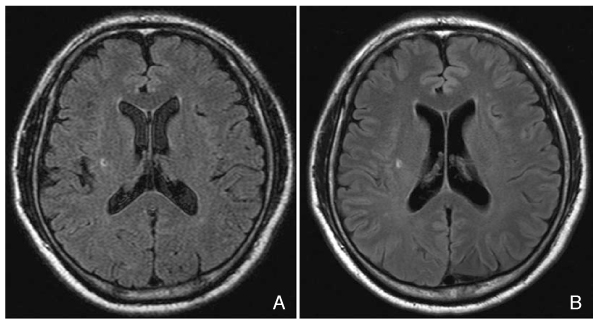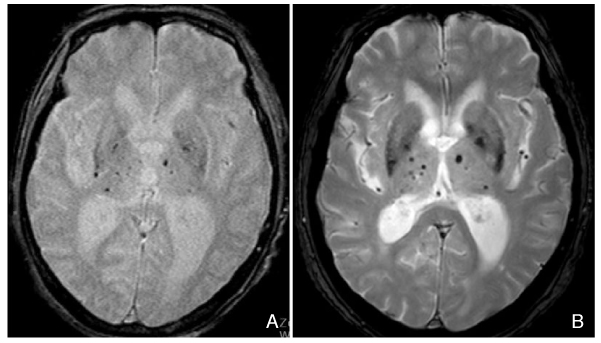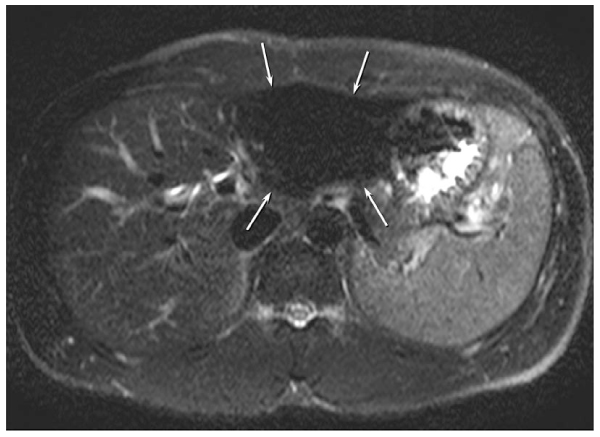J Korean Med Assoc.
2010 Dec;53(12):1055-1058. 10.5124/jkma.2010.53.12.1055.
Introduction to high field strength magnetic resonance imaging
- Affiliations
-
- 1Department of Radiology, Seoul National University College of Medicine, Seoul, Korea. jaehkim@snu.ac.kr
- KMID: 2064720
- DOI: http://doi.org/10.5124/jkma.2010.53.12.1055
Abstract
- Recently 3 tesla (T) magnetic resonance imaging (MRI) has been increasingly used in the clinical field. 3T MRI has many advantages, such as a better signal-to-noise ratio, increased chemical shift, and increased susceptibility, whereas it has several disadvantages such as increased relaxation time, radiofrequency field inhomogeneity, and increased specific absorption rate. The awareness of these advantages and disadvantages of 3T MRI will lead to better outcomes in clinical and research applications.
MeSH Terms
Figure
Reference
-
1. Kim DH, Kim DH, Huh YM. Korean Socity of Magnetic Resonance in Medicine. High tesla MRI. Magnetic resonanace imaging. 2008. Seoul: Iljogak;341–354.2. Schmitz BL, Aschoff AJ, Hoffmann MH, Grön G. Advantages and pitfalls in 3T MR brain imaging: a pictorial review. AJNR Am J Neuroradiol. 2005. 26:2229–2237.3. Frayne R, Goodyear BG, Dickhoff P, Lauzon ML, Sevick RJ. Magnetic resonance imaging at 3.0 Tesla: challenges and advantages in clinical neurological imaging. Invest Radiol. 2003. 38:385–402.
Article4. Bernstein MA, Huston J 3rd, Lin C, Gibbs GF, Felmlee JP. High-resolution intracranial and cervical MRA at 3.0T: technical considerations and initial experience. Magn Reson Med. 2001. 46:955–962.
Article5. Barker PB, Hearshen DO, Boska MD. Single-voxel proton MRS of the human brain at 1.5T and 3.0T. Magn Reson Med. 2001. 45:765–769.
Article
- Full Text Links
- Actions
-
Cited
- CITED
-
- Close
- Share
- Similar articles
-
- High field strength magnetic resonance imaging of cardiovascular diseases
- Clinical application of high field strength magnetic resonance imaging
- Review of Recent Advancement of Ultra High Field Magnetic Resonance Imaging: from Anatomy to Tractography
- High field strength magnetic resonance imaging of abdominal diseases
- High field strength magnetic resonance imaging of brain lesion





